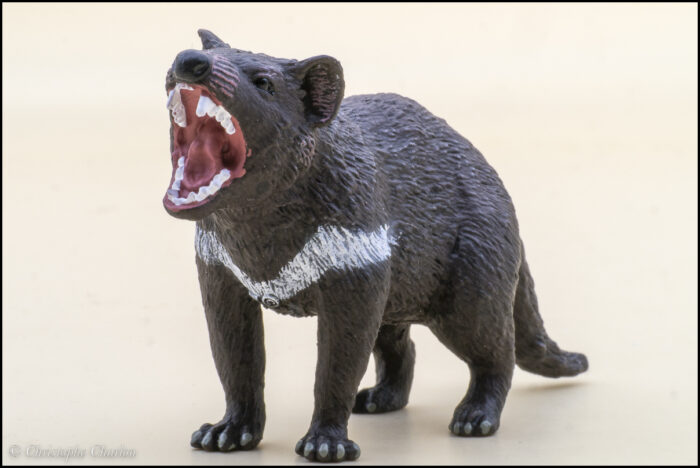
Review and images by Kikimalou; edited by bmathison1972
The Tasmanian devil (Sarcophilus harrisii) is the largest carnivorous marsupial still alive. About the length of a Corgi, with a stocky body, a large head full of teeth, and a tail about half the length of its body. The coat is black with, most of the time, white markings on the neck and on the rump at the base of the tail.
Read more

Review and images by Suspsy; edited by bmathison1972
The harpy eagle (Harpia harpyja) of South America is perhaps the most awesome and powerful avian predator on Earth. A big female can reach up to 1 metre/3 feet in length, 2 metres/6.5 feet in wingspan, and 9 kg/20 lbs in weight, and boasts hind talons that are around the same size as a grizzly bear’s claws and much sharper.
Read more
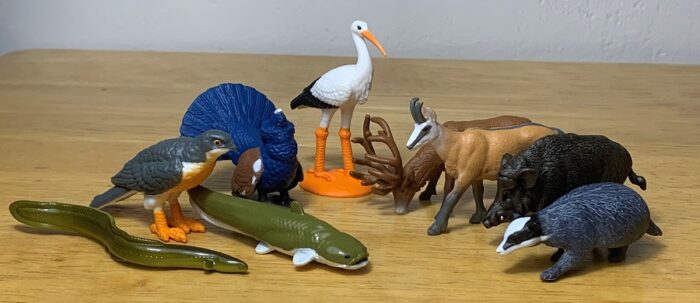
Europe is a continent consisting of the westernmost peninsulas of Eurasia. It is said to be separated from Asia by a variety of natural features including the Ural and Caucasus Mountains, Ural River, and the Caspian and Black seas, among others. Truthfully though, the boarders between Europe and Asia, geological or manmade, are arbitrary.
Read more

In addition to being a country, Australia is also a continent, but the continent of Australia is not just composed of Australia itself. The Australian continent includes mainland Australia, Tasmania, New Guinea, the Aru Islands, the Ashmore and Cartier Islands, and most of the Coral Sea Islands as well as a smattering of other islands.
Read more

As if wasps, caterpillars, beetles, scorpions, ants, peacock spiders, mantids, and crabs weren’t enough, Bandai recently (early 2023) added a set of ladybugs (lady beetles) to add to their growing collection of arthropods in the Diversity of Life on Earth (DoLoE) line. And the set is part of their ‘Advanced’ line, which means better and more refined sculpts, better paint, and yes, of course, they are more expensive.
Read more
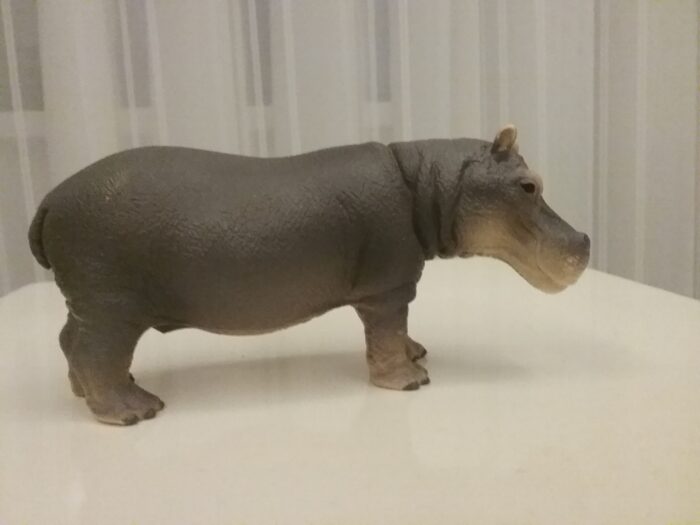
Review and images by Hippocollector; edited by bmathison1972
Hippopotamuses, or hippos (Hippopotamus amphibius), are very big and funny-looking animals that spend most of their time in water. Don’t let their cute appearance fool you! They are one of the deadliest animals that live in Africa and are very territorial, so it’s not the best idea to roam in their territory, so let’s look at small and safe hippos instead!
Read more
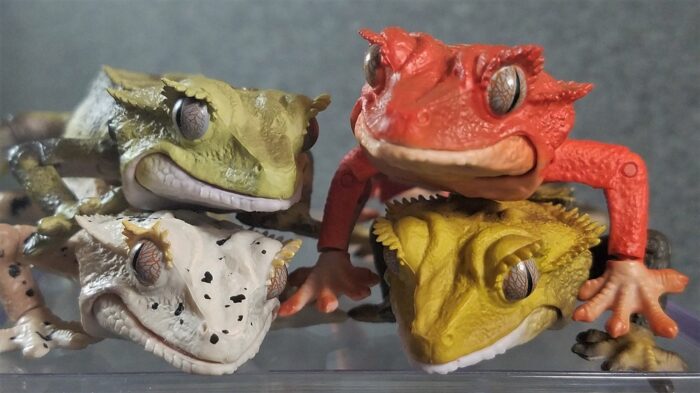
Review and images by Fembrogon; edited by bmathison1972
There’s a Gashapon for just about everyone, I’d wager. Bandai’s trademarked capsule toy brand (an onomatopoeia name for the “gacha-pon” sound of the machine crank and tumbling capsule) has been running strong for over forty years, covering just about anything that can feasibly be made into a miniature – from company mascots and popular anime characters, to erasers and food items, to even highly realistic insects and lizards.
Read more
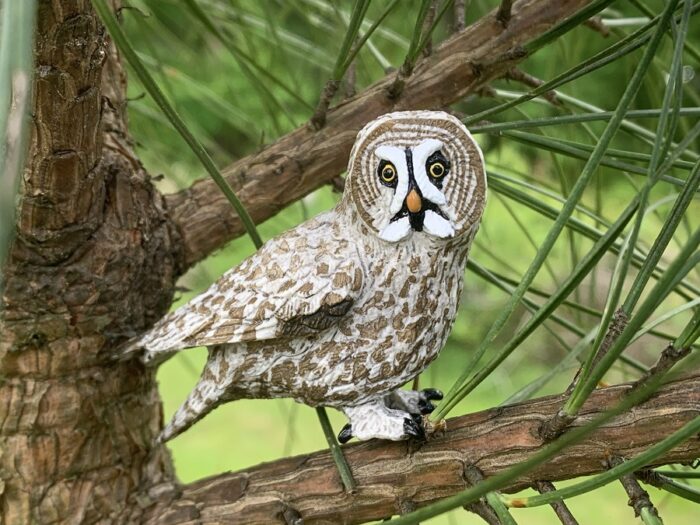
The great grey owl (Strix nebulosa) is a symbol of the vast northern wilderness that it ranges across, where it inhabits coniferous forests of the taiga around the entire Northern Hemisphere. As such it has many provocative nicknames including Phantom of the North, Lapland owl, and spectral owl.
Read more
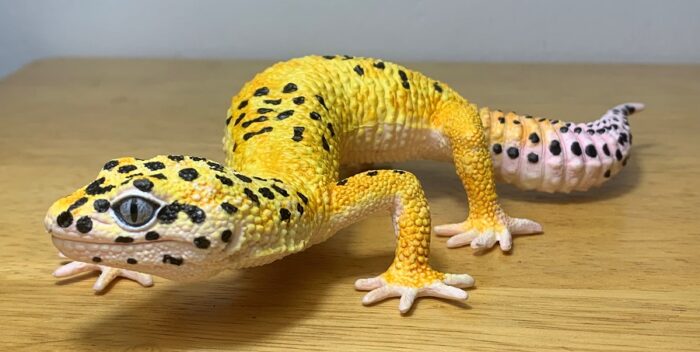
The leopard gecko (Eublepharis macularius) is easily among the most popular pet reptiles in the world, and perhaps the most popular pet lizard. Entire industries exist that are dedicated to producing leopard geckos in the hundreds of different selectively bred color morphs they’re now available in and it’s unlikely that you’ll ever walk into a pet shop that doesn’t have them.
Read more
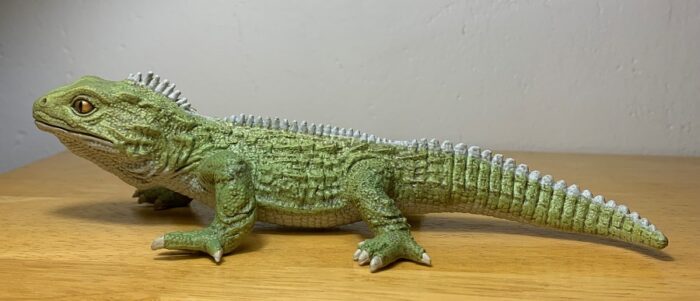
Although they look like lizards the tuatara (Sphenodon punctatus) of New Zealand is in fact the last living member of the order Rhynchocephalia and not a lizard at all. This order of reptiles, closely related to squamata (lizards, including snakes), had their heyday during the Mesozoic, getting their start in the mid-Triassic and achieving worldwide distribution during the Jurassic.
Read more
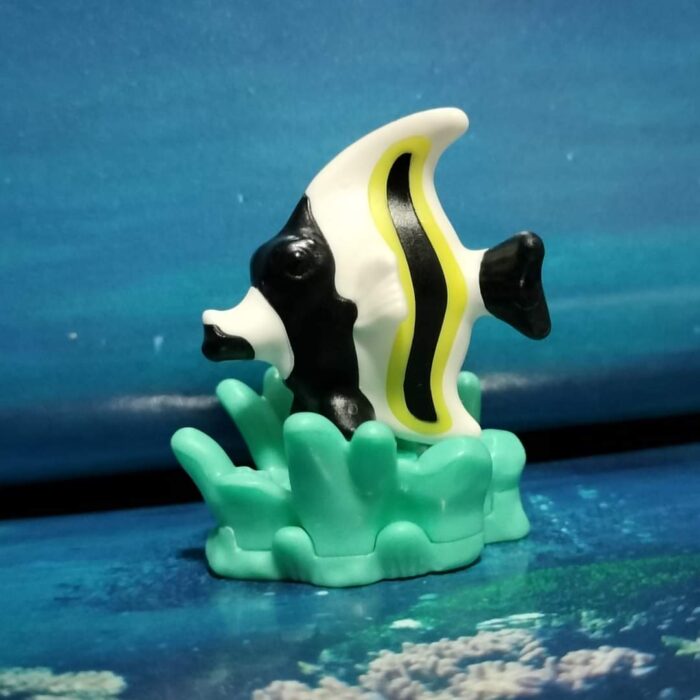
Review and images by JimoAi; edited by bmathison1972
Many fish toys made by toy companies like Lego and Playmobil are usually generic fish with little to no effort to identify them to any species and are usually accessories thus not much effort are put into creating them. A few exceptions do try, but they often nail the sculpt passively and the colours usually are hit or miss.
Read more
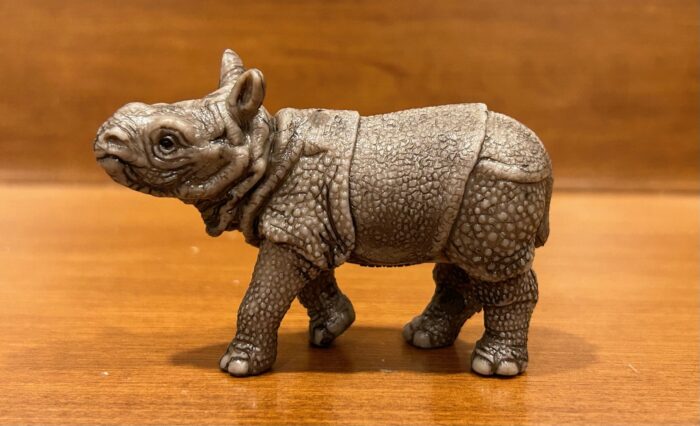
Review and images by Suspsy; edited by bmathison1972
A baby Indian rhino (Rhinoceros unicornis) is born after a gestation period of nearly 16 months. Its weight at birth ranges between 80-100 lbs and it can stand up sturdily on its own feet within an hour. The baby is cared for entirely by its mother, who will often trample down tall plants to provide food for her little one.
Read more















